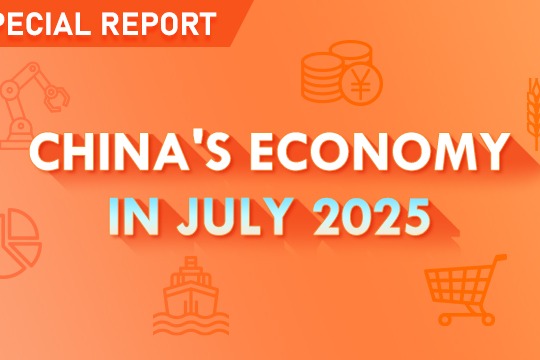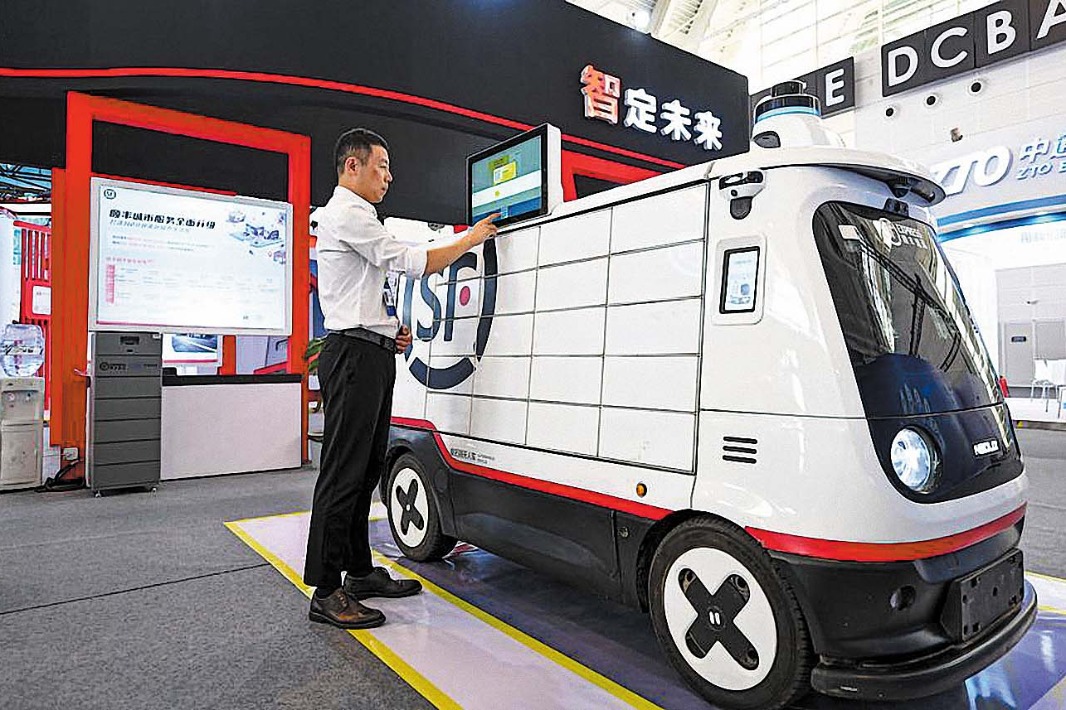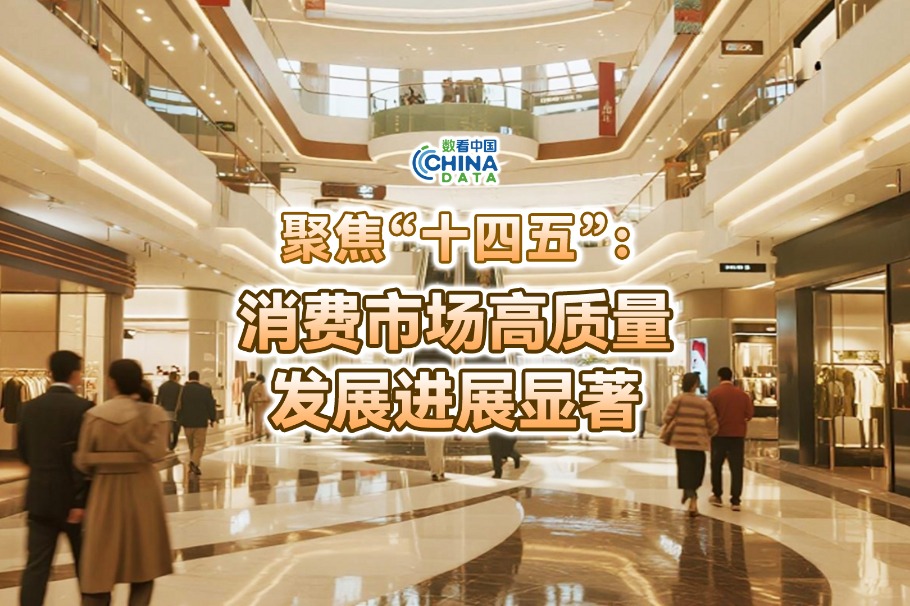Premiumization helps retail sector pick up its pace


Consumption of fast-moving consumer goods in China remained robust last year, growing at a rate of 5.2 percent because of strong demand for high-end products, smaller brands and a new retail format, an industry report said.
The growth rate for the sector of 2018 is higher than the previous year's 4.7 percent, with premiumization again playing a significant role in the sector as average selling prices rose by 4.6 percent and consumers continued to demonstrate a willingness to pay.
The numbers came from the latest China Shopper Report from Kantar Worldpanel and Bain & Company, Premium Products, Small Brands and Now New Retail.
"We continue to see premiumization playing an important role, as Chinese consumers favor goods that promise to improve their health and lifestyle," said Bruno Lannes, partner in Bain's Consumer Products Practice in China and a co-author of the report.
"Brands can still encourage trading up, giving a much-needed boost to categories in which volume is either flat or slumping."
The report has tracked the shopping behavior of Chinese consumers across 106 fast-moving consumers goods categories purchased for home consumption in China for the last eight years.
Home care and personal care categories grew at a fast clip, while food and beverage consumption increased at a slower pace, the report said.
If measured by value growth though, soybean milk expanded the fastest at 49 percent, followed by mouthwash and oyster sauce. Chewing gum posted the lowest growth rate.
Smaller brands are growth leaders compared with established and major brands in China as they grow faster than the top five brands in all categories except cosmetics and packaged water as consumers constantly looked for new brands and more character in their products.
"The new reality is that many incumbent brands watch small brands doing an impressive job of serving specific consumer needs, responding in everything from R&D to digital marketing with agility and flexibility," said Jason Yu, general manager of Kantar Worldpanel in China.
The other major emerging trend involves New Retail. The report showed for the first time the growth limits of online penetration in China.
Overall, e-commerce channel growth slowed slightly to 30.6 percent between 2017 and 2018, compared with 35.1 percent annual growth between 2014 and 2018. Penetration in first-tier cities leveled off at around 80 percent last year.
This trend offered new hope for offline stores to reformat themselves to offer seamless integration of online and offline shopping experiences.
Large store formats also showed potential for growth, but it will require them to take on new roles such as reinventing themselves by upping their game in fresh food. For example, hypermarkets started to serve as a logistics base for 30-minute delivery of goods ordered online through leading delivery platforms in 2018.
The report suggests that brands grow with winning channels and anticipate retailers' consolidation by developing high-value and personalized products to make the most of the demand for high-end goods.
For retailers, it is critical to redesign store portfolios in the new retail format and make the store experience more attractive by leveraging new technologies, the report said.




































